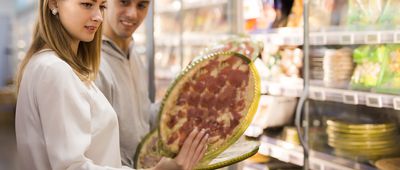Recall Reports
Consumer Reports has analyzed data from the Centers for Disease Control, the Food and Drug Administration, and the Department of Agriculture to track foodborne disease outbreaks between 2017 and 2022. The report pinpoints the foods that pose the greatest risks to consumers. Cheapism broke the results down further to help consumers make the safest consumption-based choices.



















